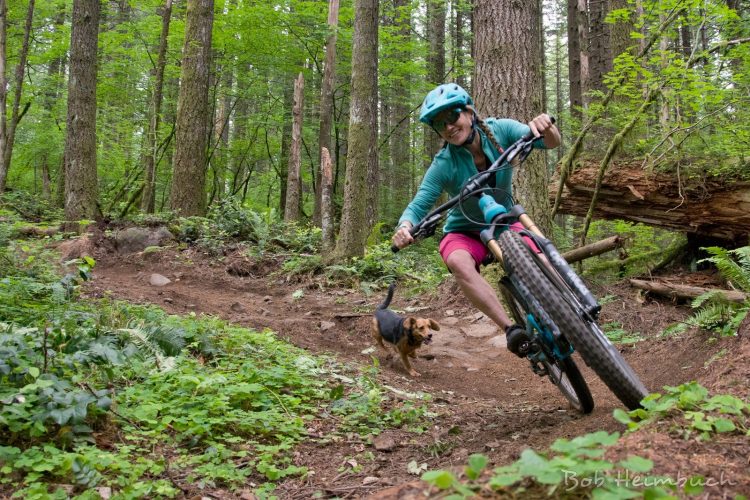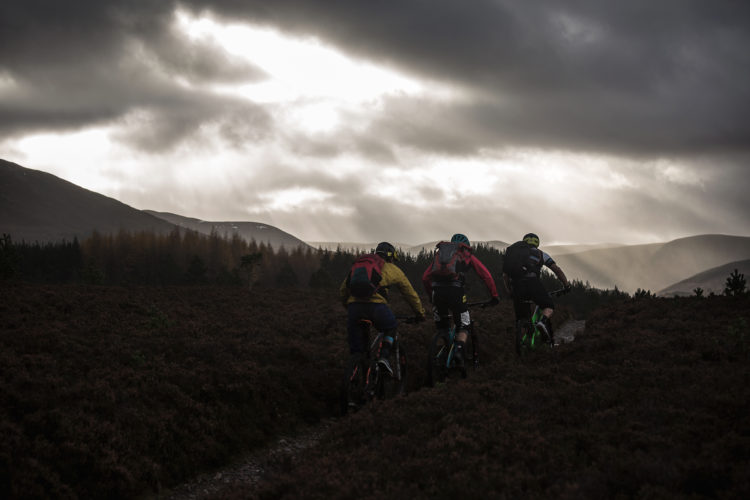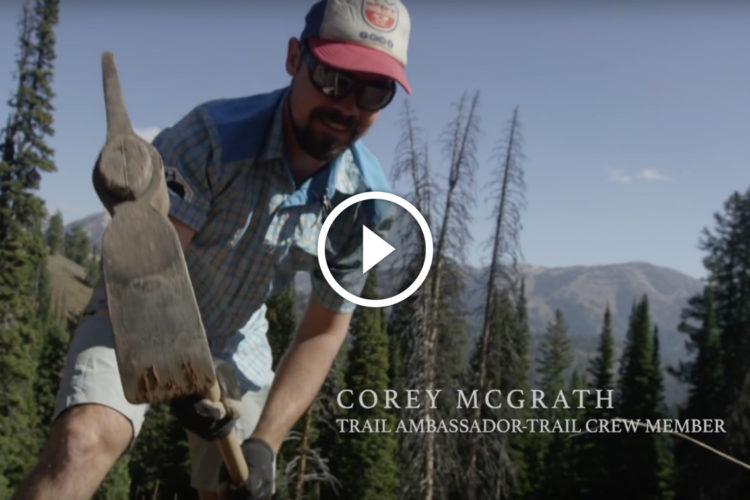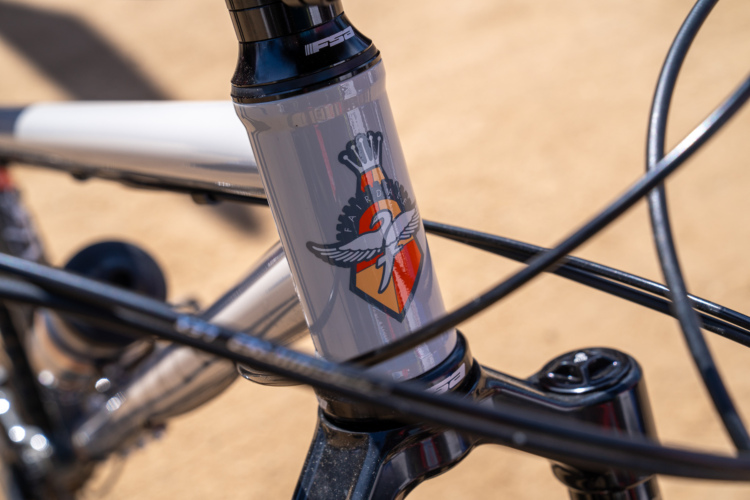
Mountain bike trail builders tend to get a bad, though undeserved, rap among certain groups for damaging the environment. But there’s one form of trail development where mountain bikers are surely working to improve the environment: brownfield trails.

A brownfield is defined as “a former industrial or commercial site where future use is affected by real or perceived environmental contamination.” Brownfields include everything from former mines and quarries to landfills and illegal dumping sites. I recently asked Singletracks readers for examples of trails built on reclaimed land and got a list that spans the nation, including the popular and well-known Cuyuna Lakes trail system in Minnesota, a former open pit iron mine.

Brownfield trail development can be attractive to mountain bike trail builders because the land is often inexpensive despite often being located close to population centers. Alex Man, a geological engineer and co-owner at Staran Cycles, says “low land value helps. Otherwise [the land] just gets turned into a mall or housing developments if in or near a city.” As more and more people move back into cities, the desire for urban recreation opportunities increases, and brownfields offer a convenient solution.
[see_also id=”113″][/see_also]
Not only is brownfield land inexpensive compared to raw land, but it can also offer terrain that is uniquely interesting to mountain bikers. Seth from Seth’s Bike Hacks notes that Virginia Key Park in Florida was built on top of a former landfill in an otherwise pancake-flat location. Former mines and quarries make for interesting terrain as well, as seen at trails like Five Points in Georgia and Red Rock Canyon in Colorado.
Alex has been involved in a large project at Fort Whyte, a former concrete plant, where an incredible bike park has been built using reclaimed concrete and limestone in the construction. The trail is such a success that the 2017 Canada Summer Games mountain bike event will be held at Fort Whyte in July of 2017.

Alex says, “the interesting part of a brownfield site is taking the disturbed ground and trying to turn that into something that is interesting and fun to ride and pleasant to look at.” While Alex notes the approval process for brownfield trail development generally involves similar permitting, funding, and maintenance concerns as more typical sites, the upshot is environmental groups can be more amenable to allowing mountain bike trails since there’s little risk of further environmental damage.
Of course there are some downsides to brownfield trail development. Site work can be expensive, depending on the type of remediation that’s necessary. “Some sites can cost millions of dollars to clean up if risk of exposure to any contaminants to human health or the environment is high. This of course adds time to the project,” says Alex. Here in the USA, additional funding may be available from the Environmental Protection Agency, which can help make certain projects more viable.

While the word “contaminant” might turn off potential trail users, Alex assures me these projects are always done with environmental safety in mind. “For example, if there is a thick, low permeability cap placed above a contaminated area, the risk of exposure to someone walking or riding on the surface can be quite low. An example of this would be a properly capped and closed landfill.”
In the end, building mountain bike trails in brownfields is a win-win: contaminated sites get new stewards and mountain bikers get a new place to play. Alex says, “I have been fortunate enough to work on [everything from] amazing abandoned mine sites to small urban contaminated sites with trail potential. Whenever I work on one of these sites I can’t stop myself from looking for potential lines to ride!”
It turns out that while cleaning up the environment, visionary trail builders and engineers like Alex are also cleaning up mountain bikers’ reputation as environmental foes.
If you’d like to get in touch with Alex to discuss brownfield project consulting, contact Singletracks and we’ll pass your message along.



















